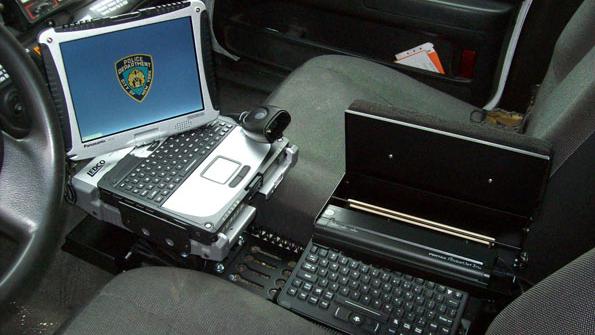Finally, a new broadband era for public safety communications
“This is going to transform public safety communications the same way that two-way radio did in the 1930s,” said Charles Dowd, deputy chief for the New York City Police Department, shortly after Congress passed payroll-tax legislation in February that included reallocating the 700 MHz D Block spectrum to public safety and $7 billion in federal funding to help pay for a nationwide wireless broadband network for first responders.
With his stroke of a pen, Obama simultaneously ushered in a new broadband era for public safety communications and culminated a series of events that resulted in a highly improbable — and, at times, seemingly impossible — reversal of fortune in the political tug-of-war for the D Block spectrum and network funding. “Every time they told us we were dead, somehow, we survived,” said Charles Werner, fire chief in Charlottesville, Va.
Indeed, public safety not only survived but thrived in the deal. With the D Block, first responders have 20 MHz of continuous spectrum to use as the foundation for a nationwide long-term evolution (LTE) network and eventually almost 40 MHz of airwaves in the 700/800 MHz band. And, while no one believes $7 billion is enough to build a nationwide network completely, it will provide a much-needed financial jumpstart to a long-awaited broadband initiative.
Read the entire story from Urgent Communications, our sister publication.




















